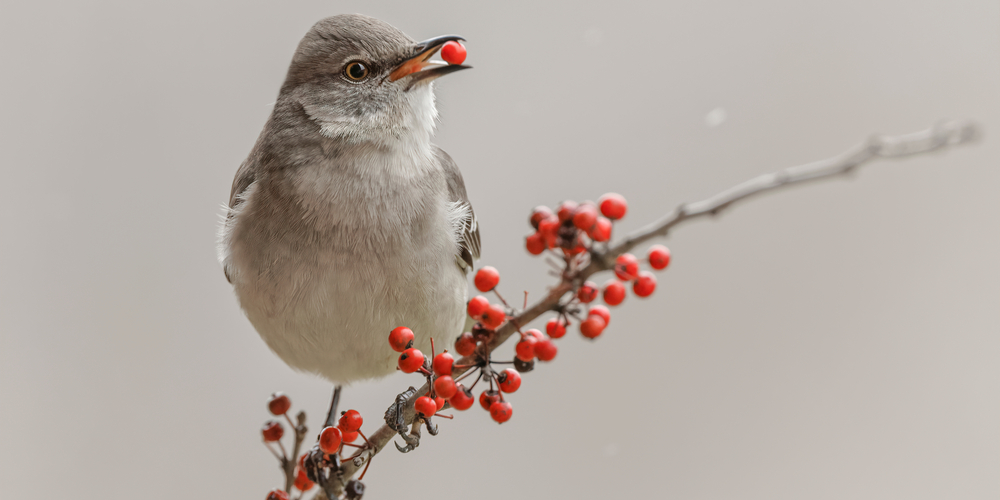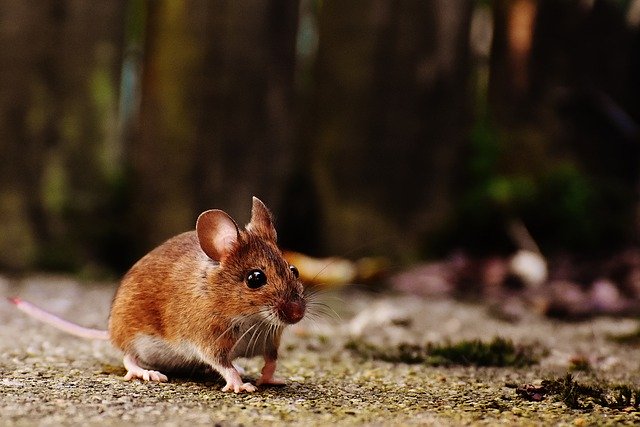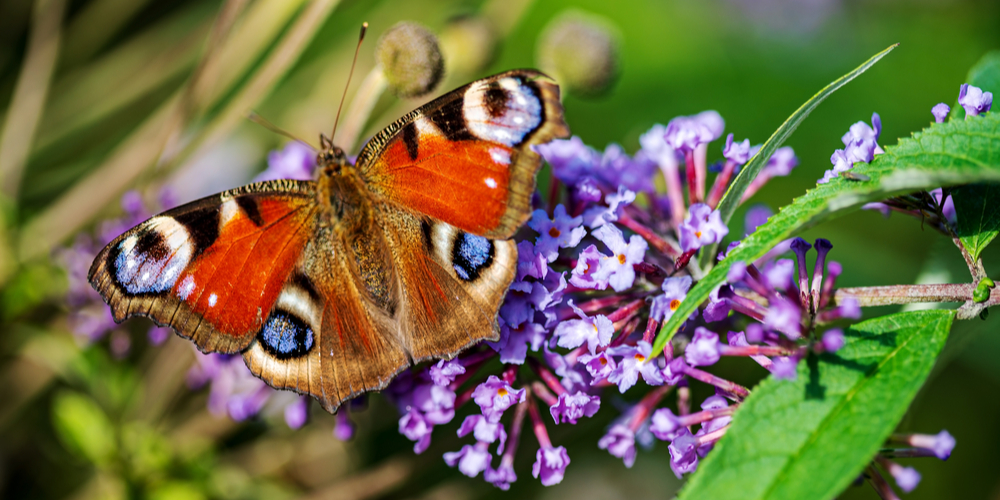Although it is not very commonly known, there are certain predators that will enjoy consuming butterflies when given the opportunity. However, because of how rarely this happens, it can sometimes be difficult to pinpoint what animals are actually the most likely to feed on these winged creatures. So, here is everything you need to know about what eats butterflies.
What eats butterflies
Here’s a list of the most common predators that are likely to eat butterflies:
Birds
Even though it is more common for birds to eat larvae, butterfly eggs and caterpillars more than they do actual, fully grown, butterflies, it does still happen.
In general, birds tend to have a pretty big impact on how large the butterfly population is due to these feathery creatures eating them in different stages of their lives. Here is a list of birds that eat butterflies, and how likely they are to actually eat them:
- Warblers – although they do eat butterflies, they are more likely to consume other creatures such as caterpillars, spiders, moths and flies
- Tanagers – very rarely eat butterflies as they prefer to feed on insects such as caterpillars or on things like fruits and berries
- Sparrows – most commonly eat items of food such as grains and seeds but can occasionally eat butterflies as well
- Great crested flycatchers – occasionally eat fruits but mainly feed on insects such as beetles, wasps, flies and butterflies
- Orioles – only certain types of oriole birds like to eat butterflies, and they are usually Monarch butterflies. Aside from that, orioles mostly eat fruit and nectar.
- Blue jays – they mainly consume items of food such as seeds, acorns and nuts but do sometimes feed on insects such as beetles, caterpillars and butterflies
- Grosbeaks – enjoy eating mostly Monarch butterflies and other insects and small creatures such as bees, ants and wasps
Amphibians
One of the most common amphibians to consume butterflies is the frog. This is because frogs are likely to eat just about anything that fits into their mouth.
Furthermore, frogs have special, sticky saliva that helps them catch prey and that often easily gets stuck to butterflies’ wings. Due to this, frogs can and will easily catch and feed on any and all butterflies that get within a close distance of them.
In addition to this, certain snakes, such as the adder may sometimes feed on butterflies. Even though fully grown snakes do most commonly feed on larger, naive prey such as mice and slow worms they will consume butterflies from time to time, especially if no other nourishment source is available to them at the time.
Moreover, it is quite common for specific snakes to often feed on butterflies when they are young. This is because they find them pretty easy to capture and consume.
Wasps
Although wasps aren’t very likely to attack and try to feed on adult butterflies, they are still a possible threat. That being said, wasps most commonly eat butterflies when they are still in their caterpillar forms and even though that impacts the overall butterfly population it does not really affect actual adult, fully grown, butterflies.
Mice
Even though it isn’t a very common occasion mice will sometimes eat butterflies, Monarch butterflies especially. Mice will often consume any and all butterflies that they come across on the ground. Therefore if there is a butterfly lying down on the floor then a mouse will surely take its opportunity to eat it.
In addition to this, there is actually a species of mouse called the Bleack eared mouse that is completely immune to the poison that Monarch butterflies release. That makes them the perfect prey.
Good tasting and bad tasting butterflies
When it comes to consuming these small, winged creatures, there are two types of common butterflies that are eaten. These are good tasting butterflies, and bad tasting butterflies.
Bad tasting butterflies are created when butterflies learn to make their bodies have a nasty taste that predators will not be drawn to. For example, Monarch butterflies have a pretty awful taste due to the things they feed on when they are still a developing caterpillar.
When a predator consumes the Monarch butterfly it will immediately find it unpleasant and avoid other Monarch butterflies (and other butterflies that resemble the Monarch) in the future.
Conclusion
Overall, there are quite a few different species of animals that will consume butterflies as they can find them tasty, easy to catch and a good addition to their diets.
That being said, most predators are more likely to prefer feeding on butterflies while they are still in their caterpillar form than they are when the butterflies are fully grown.




